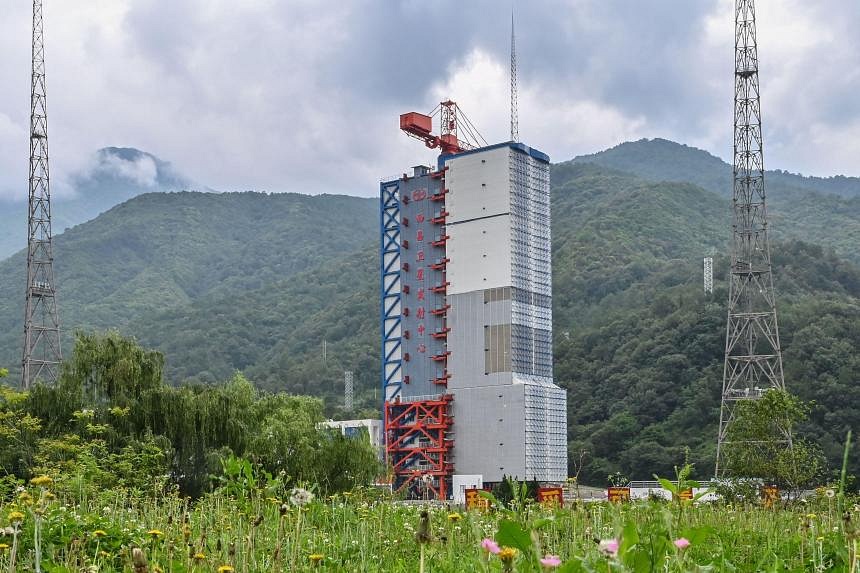In a groundbreaking partnership, France and China have jointly launched the Space Variable Objects Monitor (SVOM) satellite, aimed at unraveling the mysteries of the universe. This collaboration represents a significant stride in international space cooperation, with both nations contributing advanced technology and expertise to this ambitious mission.
SVOM's Mission: Unveiling Cosmic Mysteries
The SVOM satellite, weighing 930 kilograms (2,050 pounds), embarked on its mission aboard a Chinese Long March 2C rocket from the Xichang base in Sichuan province. This satellite is the product of a collaborative effort by French and Chinese engineers and scientists, designed to detect gamma-ray bursts (GRBs) that illuminate the farthest reaches of the cosmos.
Advanced Instruments for a Critical Mission
Equipped with four sophisticated instruments—two developed by France and two by China—the SVOM satellite is finely tuned to observe GRBs. These bursts occur following the catastrophic explosions of massive stars or the mergers of compact stars, releasing energy equivalent to that of over a billion suns. By capturing and analyzing these bursts, the SVOM aims to provide unprecedented insights into the universe’s most energetic events.
The Importance of Studying Gamma-Ray Bursts
Gamma-ray bursts offer a unique window into the early universe. The light from these distant events takes billions of years to reach Earth, essentially allowing scientists to look back in time. SVOM’s mission includes detecting the most distant GRBs ever observed, some dating back to just 630 million years after the Big Bang. This could significantly enhance our understanding of the universe's infancy and evolution.
Operating 625 kilometers (388 miles) above Earth, the SVOM satellite constantly monitors the skies for GRBs. Upon detecting a burst, it promptly sends alerts to a dedicated team working around the clock. Given the fleeting nature of GRBs, capturing and analyzing these bursts poses a significant challenge. However, the data gathered could revolutionize our knowledge of space composition, gas clouds, and distant galaxies.
An Uncommon Level of Space Cooperation
This project marks an exceptional level of cooperation between Western powers and China, especially noteworthy given the 2011 ban on collaboration between NASA and Beijing by the United States. The partnership between France and China highlights the importance of international collaboration in advancing scientific frontiers. It underscores a shared commitment to exploring the cosmos and leveraging combined expertise for scientific advancement.
Conclusion: A New Era of Space Exploration
As the SVOM satellite embarks on its journey, the scientific community and the world eagerly await the groundbreaking insights it will yield. This mission not only aims to unravel the mysteries of gamma-ray bursts but also sets a precedent for future international collaborations in space exploration. By bridging geopolitical divides, France and China’s joint effort exemplifies how shared scientific goals can foster unity and progress.


0 Comments